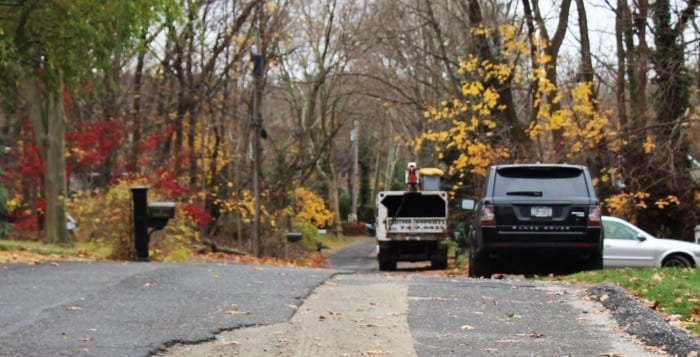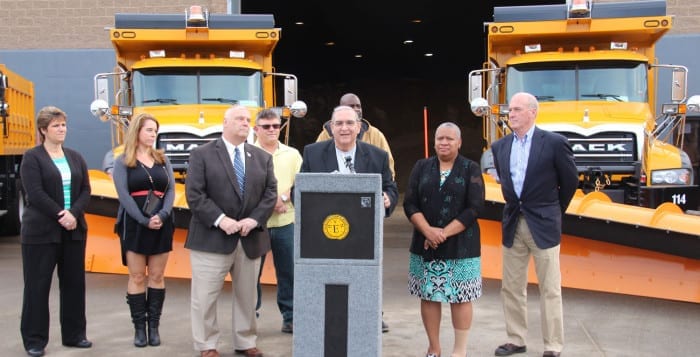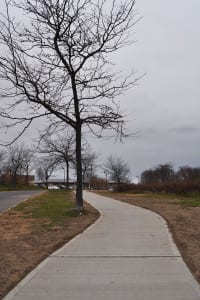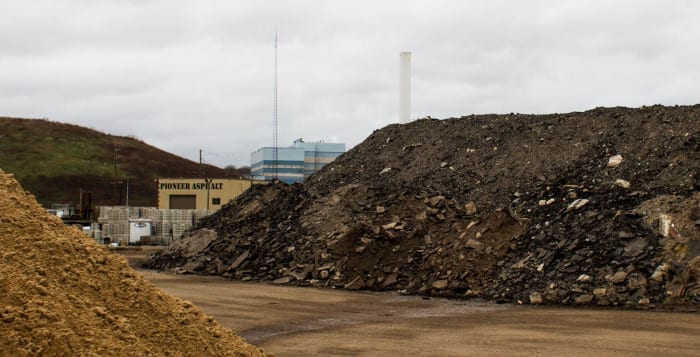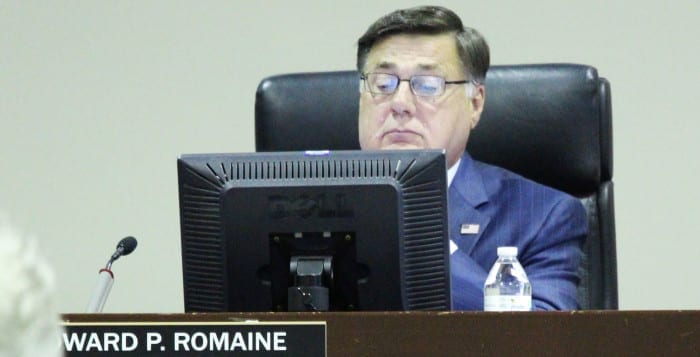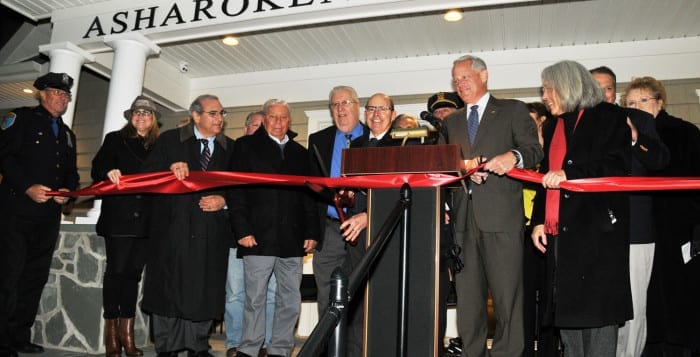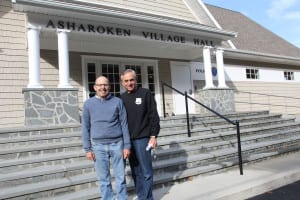Residents living on Maybeck Drive in Poquott are no strangers to floods.
The private road, which lacks a water drainage system, is prone to flooding during rainy weather as water travels from higher roads in the area down to Maybeck Drive. Over time the excess water eroded parts of the road and allowed potholes to form. While the previous owners maintained the road for the last several years, last year they failed to do so making the roadway impassable.
But on Nov. 17 the Village of Poquott voted to acquire the south end of Maybeck Drive in hopes of fixing the area.

While some residents supported the village’s decision to take over the road some residents questioned the village’s plan. Typically roads must be maintained before it’s transferred to the village. However, Village Attorney assured residents this isn’t the first time the village took over a roadway that wasn’t maintained. Despite this, the status of the area left some residents saying maintaining the road will affect residents in the area.
“It’s in pretty bad shape,” Barbara Donovan said about the road. “For the village to take it over at this point, it’s going to cost a lot of money.”
Donovan is the former mayor of Poquott. She first dealt with negotiations regarding Maybeck Drive in 2006 when the village sought ownership of the street. According to Donovan the board of trustees at the time held several meetings with the previous owners. Despite continuous negotiations about transferring the parcel to the village, the owners didn’t agree to transfer ownership until this year.
Mayor Dee Parish was unavailable to comment on the issue prior to publication.Although Trustee Jeff Koppelson is unsure why the owners stopped maintaining the parcel, he said the village is in a financial position to fix the road during a phone interview. He added that it would cost the village less money than if the owners fixed the area themselves. Planning Board Chairman Roger Flood said he didn’t oppose the transfer of ownership to the village but said he suggested that the previous owners should contribute to funding the road repairs. Koppelson said the owners intend to do so.
Currently the village needs to repave the roadway and address drainage concerns to prevent future flooding. Koppelson said he addressed the concerns of residents who opposed the village’s decision to take ownership of the south end of Maybeck Drive. He compared the situation to paying school related taxes. Residents argued that even after their kids graduate from school, taxpayers must continue paying those taxes. It is a similar case when it comes to maintaining roadways in the village.
“The reason is, is because it goes toward the community. It’s part of living in a community, especially a small village,” Koppelson said relating paying school taxes to using taxpayer dollars to fund road repairs.

